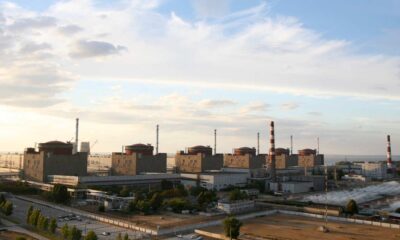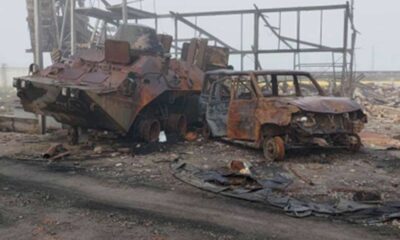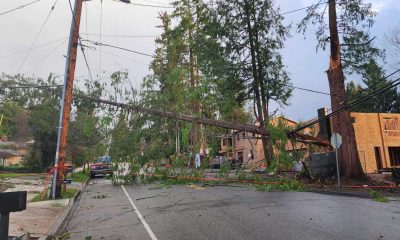International News
The complex history of Islamic extremism and Russia’s contribution to the rise of Al Qaeda and ISIS
Part one of a ten part series explaining how a series of events starting 1951 led to the creation of Al Qaeda and ISIS, and their mid-21st century resurgence.

This is part one of a ten-part series that explains the rise of modern Islamic extremism. From 1951 to 2021, a series of key geopolitical events, many independent of each other, caused the Islamic Revolution, the rise of Al Qaeda and ISIS, the creation and collapse of the caliphate, and the reconstitution of ISIS as the ISKP. While Western influence and diplomatic blunders are well documented through this period, the Soviet Union and the Russian Federation are equally culpable. The editors would like to note that a vast majority of the 1.8 billion people who are adherents to some form of Islam are peaceful and reject all forms of religious violence.
Part One – Russia’s 450-year war against Islam
Introduction
[WBHG News] As Russian officials pick through the remains of the Crocus City Hall concert venue and mall in Moscow, many are left wondering why ISKP (better known as ISIS-K) would want to attack Russia. Unlike the United States War on Terror, which dominated world headlines for more than two decades, Russia’s game of chess with Islamic factions has received far less coverage. The Islamic State of Iraq and Syria (ISIS) offshoot ISKP, formed in 2015, has claimed responsibility for the March 22 attack, which killed 137 and wounded 182.
Since its inception, ISKP has been growing in influence, strength, and reach. Its power surged in late 2020 after the Trump Administration created the Doha Agreement with the Taliban, forcing the Afghanistan government to release 5,000 prisoners. ISIS-K has openly and repeatedly declared that the United States, Russia, China, Iran, and the Taliban, which now governs Afghanistan, are their enemies. While the Taliban-controlled Afghanistan government is making a legitimate attempt to govern, like its predecessors, it has been unable to stop the resurgence of religious violence.
ISKP terror cells have spread to Pakistan, eastern Iran, and Tajikistan, and as recently as March 7, 2024, the Federal Security Service of Russia (FSB) claimed it neutralized an ISKP cell from Tajikistan planning to attack a synagogue in Moscow.
The paths that led to the terror attack in Moscow started in Iran in 1951 and have involved every superpower on the planet, their allies, and numerous Middle Eastern nations. The complexity of this road makes it ripe for misunderstanding, which proliferates misinformation and disinformation. In repeated attempts to sanitize Russian history, the Kremlin helped create the environment that made the March 22 attack inevitable.
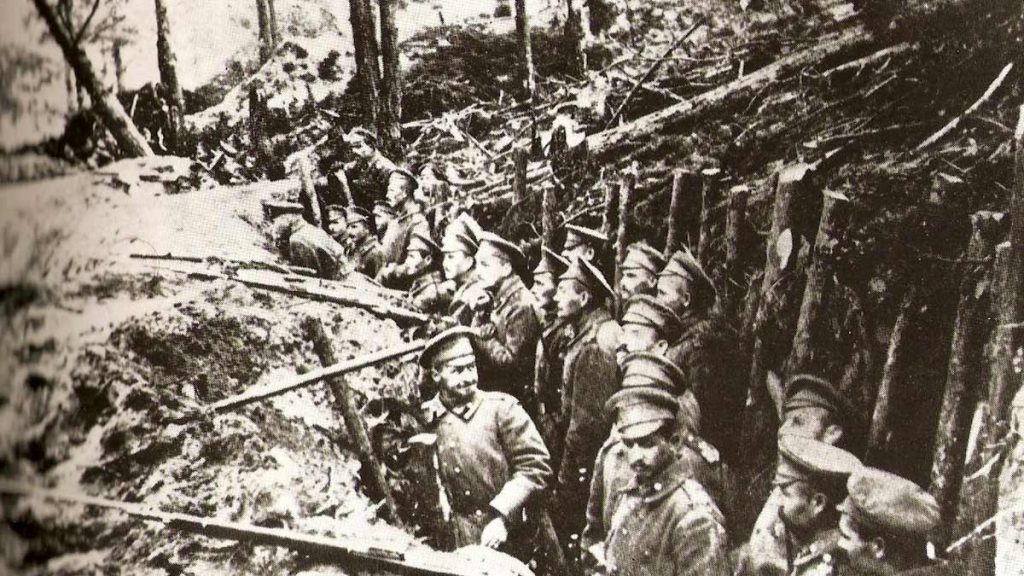
Troops of the Russian Imperial Army, 1914
Credit – Wikimedia Commons – IWM Public Domain Collection
Historically, Russia has fought wars on ideological and religious grounds against Muslim states since 1568, repeatedly fighting against the Turks. When Russia entered World War I, one of Tzar Nicholas II’s maximalist goals included complete control of the Black Sea and the Bosphorus Straight. Going against the advice of his advisors, the Russian Imperial Empire sided with the Allied Powers, while Turkey aligned with the Central Powers. Over 350 years of war between the Russian Empire and the Ottoman Empire would contribute to the downfall of both.
When Josef Stalin was brought to power in 1924, his policy of Russification included the repression of all religions. During the Great Purge of 1937, thousands of Muslim clerics and adherents were arrested, sent to gulags where they worked to death, tortured, and executed. After the German withdrawal from Crimea during World War II, Stalin ordered the deportation of up to 500,000 Crimean Tatars for perceived disloyalty to the Soviet state. Between 20 to 45 percent were killed in the 18 months that followed. Stalin ordered a second mass deportation in 1949, meant to displace the remaining native population.
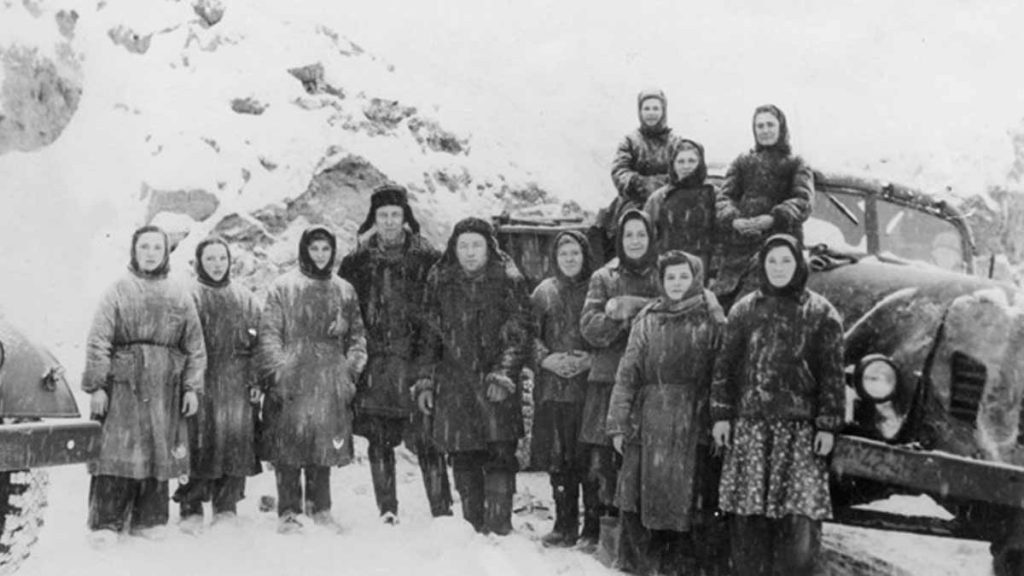
Crimean Tatars under forced deportation by the Soviet Union in late 1948
Credit – Wikimedia Commons – Ukrainian Institute of National Remembrance
While Stalin’s death saw an easing of religious repression by the Soviet state, Nikita Khrushchev and Leonid Brezhnev interfered with Middle Eastern geopolitics at an equivalent level to the Cold War Western powers.
Today, Russia and its supporters like to boast that the country has the largest Muslim population of any European nation. If you squint, this is a factual statement. However, most of Russia’s Muslims live in the Caucasus and the central and southern republics, far from the European continent. Estimates of the number of Russians who follow Islam vary from nine to 25 million, with most experts agreeing the number is between 15 and 20 million.
On the surface, the Kremlin claims it is a nation of tolerance, but in reality, 71 percent of Russia’s population adheres to the Russian Orthodox Church and has openly embraced a form of Christian nationalism. The Russian slur “Khachs” is used freely—a derogatory term for people from the Caucasus and others that have the stereotypical physical traits of a Muslim. Within the channels of Russian state media, propagandists have complained for years about the influx of migrant workers from the former southern republics of the Soviet Union and the spread of Islam.
In February 2023, when it was announced a mosque that could accommodate 60,000 worshippers in Moscow would be built by a lake considered holy by followers of the Russian Orthodox Church, protests erupted. In April of the same year, the protests expanded to threats, which drew the ire of Chechen warlord Colonel General Ramzan Kadyrov. It was reported that Russian autocrat Vladimir Putin interceded, negotiating with the head of the Russian Orthodox Church, former FSB agent Patriarch Kirill, and Kadyrov. An agreement was quietly reached to build a much smaller mosque on the outskirts of Moscow, defusing tension.
It is a common misconception that terrorism based on Islamic fundamentalist principles follows a singular dogma. The differences between terror organizations are as basic as Sunni versus Shia and as complex as the interpretation of singular passages in the Qu’ran. In the Sahel of Africa, Syria, Iraq, Yemen, Pakistan, and Afghanistan, rival factions of ISIS and Al Qaeda fight each other while fighting against Iranian-backed militias and terror organizations.
Moscow’s relationships of convenience with these various factions have made Russia a target for Islamic terrorism for decades. Iran’s support of Russia’s war of aggression against Ukraine by providing Russia with drones, technical support, military trainers, and ammunition makes it a target of ISIS-K. The split between Al Qaeda and ISIS and the factions backed by the Islamic Republic of Iran is simple—at the roots, it is the dogma that divides Sunnis and Shias.
This ten-part story explores how a chain of religious and geopolitical events spanning from 1951 to the present day led to the radicalization of Osama bin Laden, the rise of Al Qaeda, the split that formed ISIS, the creation of the caliphate and its fall, to its rebirth in ISIS-K. It is a story of how every nation that sought to seek soft power and influence during this period—the Soviet Union and the Russian Federation, the United States, the United Kingdom, and China—contributed to the escalating extremism.
The rise and fall of the Shah of Iran and the Iranian Revolution
Mohammad Reza Pahlavi, better known historically as the Shah of Iran and part of the Persian Monarchy, was brought into power by a 1954 coup backed by the U.K. and supported by the U.S. The U.K. sought to remove Iranian leader Mohammad Mosaddegh, who rose to power in 1951, due to his nationalization of the oil industry in Iran, which led to the seizure of British Petroleum’s infrastructure and assets.
Initially, British policy was rejected by U.S. President Harry Truman. Washington condemned the British blockade of Iran, while London falsely claimed that Mosaddegh was aligning himself with the Soviet Union. By late 1952, the U.K. had already started its efforts to destabilize Iran and remove Mosaddegh from power. Declassified records show that in mid-1953, the Dwight D. Eisenhower Administration, somewhat reluctantly, joined the U.K. in fomenting unrest.
The installation of Pahlavi was meant to re-privatize the Iranian oil industry and return its control to British Petroleum by installing a leader the West believed would be easy to control. While the effort was successful, this single incident started a chain reaction that would lead to the Iranian Revolution and 45 years of Islamic extremism and violence that would kill millions.
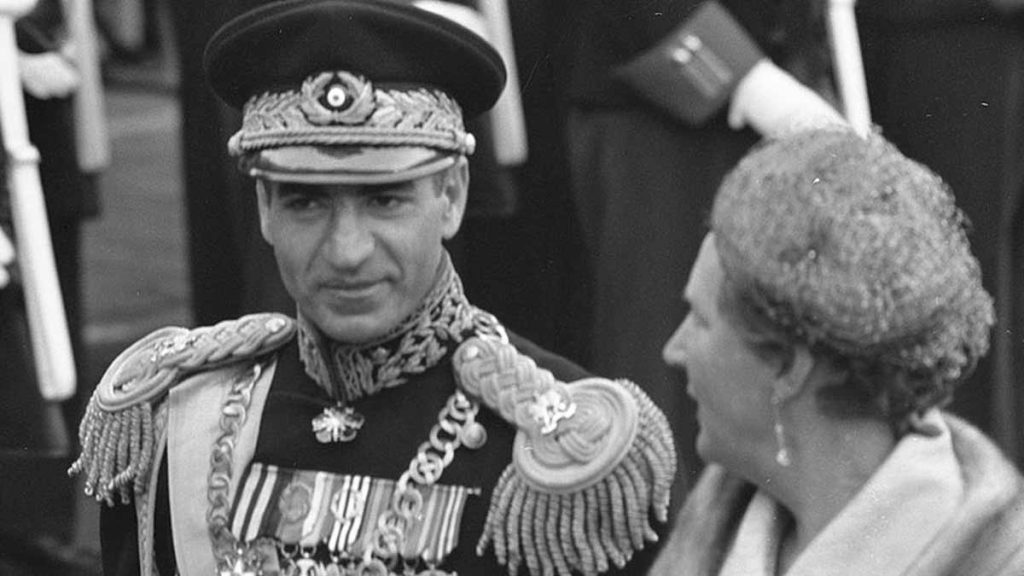
The Shah of Iran and Queen Julianna of the Netherlands, 1959
Credit – Wikimedia Commons – Harry Pot / Anefo, CC0, via Wikimedia Commons
Although Pahlavi agreed to reprivatization, he would go on to become one of the dominant leaders of OPEC. Under his leadership, the Shah manipulated oil prices that caused multiple steep recessions in the West while boosting funding for the modernization of his nation. A number of the popular reforms instituted by Mosaddegh from 1951 to 1953 were reversed, causing discontent within the Iranian population and mistrust of the West.
While Pahlavi continued some of the economic and educational reforms started in 1951, most of the financial gains were invested in the military, state security, and public works projects that provided little benefit for the broader population. On the surface, Iran appeared to be an amazing success story of unity and growth. In reality, the Shah was creating an environment ripe for revolution, forcing increased repression to maintain control.
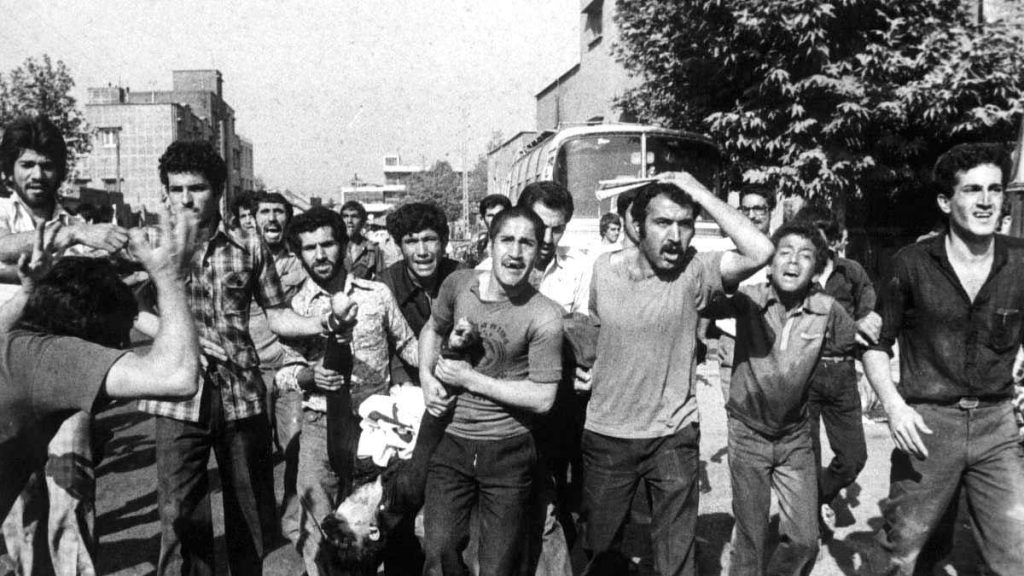
Protesters in Tehran carry the wounded and dead after the 1978 Jaleh Square Massacre
Credit – Public Domain
Over 20 years, Pahlavi transformed himself from a silver spoon kid whom the U.K. and U.S. believed they could control to a clever politician with broad regional influence to a brutal dictator. By 1977, with the promise of economic prosperity limited to a few, a nationalist movement based on the fundamentalist interpretation of Islam started to spiral out of control. In 1978, Iranian security forces killed dozens in Jaleh Square, an event called Black Friday. The massacre triggered the Iranian Revolution, forcing the January 16th abdication of the Shah and his family.
Ayatollah Ruhollah Musavi Khomeini became the Supreme Leader of Iran, and the monarchy was banned. Initially, Washington and London believed that the revolution had failed. Western intelligence experts were so disconnected they didn’t understand the gravity of the situation until military units and high-ranking officers of the Iranian military started backing Khomeini.
A world away in Moscow, Brezhnev and his advisors nervously watched the events unfold in Tehran. The Kremlin was already setting conditions for a coup in Afghanistan and now feared a similar embrace of Islamic fundamentalism was about to erupt within its sphere of influence. And just like the U.K. in 1951, the Soviet Union had already set into motion an almost identical set of mistakes.
Tomorrow’s installment: The Soviet coup and invasion of Afghanistan catches the attention of a Saudi Arabian heir to a construction fortune, who starts his journey of radicalization.
Read Part Two: The complex history of Islamic extremism and Russia’s contribution to the rise of Al Qaeda and ISIS







